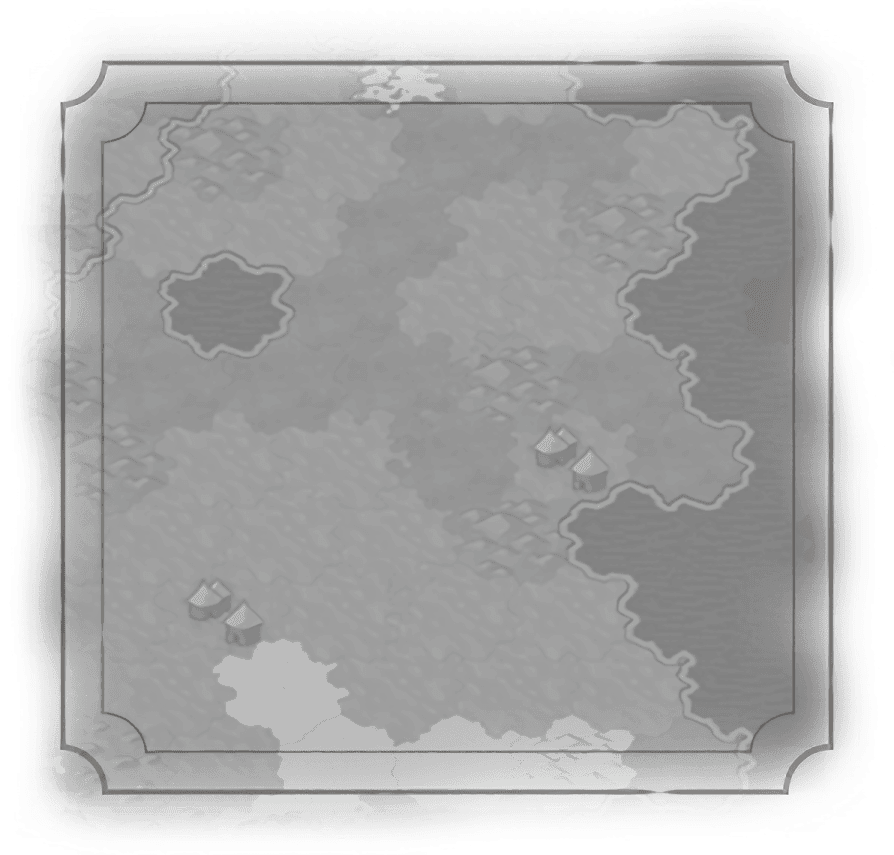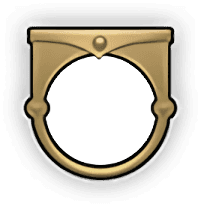Comandante General
Great Admiral
Artemisia
Chester Nimitz
Ching Shih
Clancy Fernando
Francis Drake
Franz von Hipper
Gaius Duilius
Grace Hopper
Hanno the Navigator
Himerios
Horatio Nelson
Joaquim Marques Lisboa
Laskarina Bouboulina
Leif Erikson
Matthew Perry
Rajendra Chola
Santa Cruz
Sergei Gorshkov
Themistocles
Togo Heihachiro
Yi Sun-sin
Zheng He
Great Artist
Great Engineer
Great General
Great Merchant
Great Musician
Great Prophet
Great Scientist
Great Writer


In the ensuing years the young Álvaro would see action in naval engagements against the French, the Turks and the Moors, steadily advancing in rank and created Marqués de Santa Cruz in 1569 AD. Two years later, in command of the reserves at the Battle of Lepanto, he played an important role in crushing the hapless Turks. In 1580, de Bazán commanded the fleet that supported the Duke of Alba’s conquest of Portugal, and then defeated a French squadron sent to support a revolt in the Azores. Although his victory was marred by his execution of all the French prisoners in contravention of the rules of war, Philip II made him “Captain-General of the Ocean.”
It was in this role that Álvaro would undertake the invasion of England to get rid of that upstart Protestant Elizabeth. In 1583, on Philip’s orders, the Captain-General began the thankless task of assembling the ships, provisions and men in Lisbon. Despite difficulties in recruiting, corrupt contractors, English raids, and the interference and nagging of Philip, he succeeded in assembling the greatest fleet Europe had yet seen. But unrelenting strain and work likely led to Álvaro’s untimely death in February 1588.
Command of the Armada was given to the Duke de Medina-Sidonia, thoroughly unfamiliar with naval affairs. How much might civilization have been changed if only de Bazán had lived to lead the Spanish Armada?
Retire (1 charge)
Forms an Armada out of a military naval unit.
Passive Effect
+5  Combat Strength and +1
Combat Strength and +1  Movement to Renaissance and Industrial era naval units within 2 tiles.
Movement to Renaissance and Industrial era naval units within 2 tiles.

Traits

In the ensuing years the young Álvaro would see action in naval engagements against the French, the Turks and the Moors, steadily advancing in rank and created Marqués de Santa Cruz in 1569 AD. Two years later, in command of the reserves at the Battle of Lepanto, he played an important role in crushing the hapless Turks. In 1580, de Bazán commanded the fleet that supported the Duke of Alba’s conquest of Portugal, and then defeated a French squadron sent to support a revolt in the Azores. Although his victory was marred by his execution of all the French prisoners in contravention of the rules of war, Philip II made him “Captain-General of the Ocean.”
It was in this role that Álvaro would undertake the invasion of England to get rid of that upstart Protestant Elizabeth. In 1583, on Philip’s orders, the Captain-General began the thankless task of assembling the ships, provisions and men in Lisbon. Despite difficulties in recruiting, corrupt contractors, English raids, and the interference and nagging of Philip, he succeeded in assembling the greatest fleet Europe had yet seen. But unrelenting strain and work likely led to Álvaro’s untimely death in February 1588.
Command of the Armada was given to the Duke de Medina-Sidonia, thoroughly unfamiliar with naval affairs. How much might civilization have been changed if only de Bazán had lived to lead the Spanish Armada?
Traits
Retire (1 charge)
Forms an Armada out of a military naval unit.
Passive Effect
+5  Combat Strength and +1
Combat Strength and +1  Movement to Renaissance and Industrial era naval units within 2 tiles.
Movement to Renaissance and Industrial era naval units within 2 tiles.



